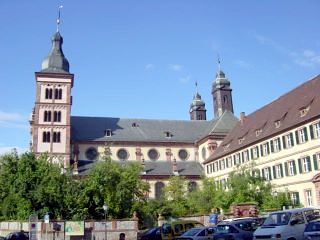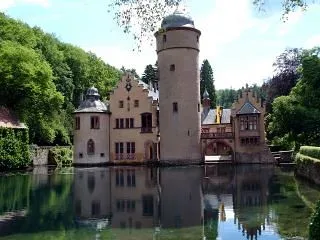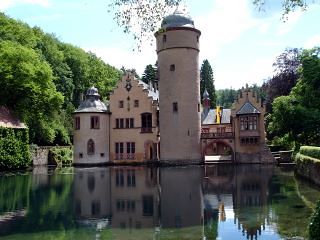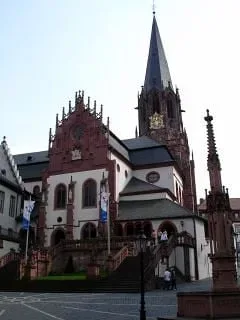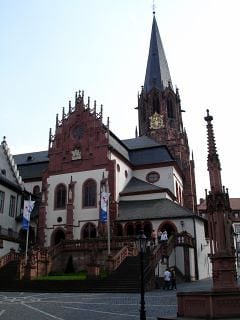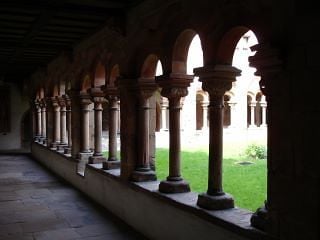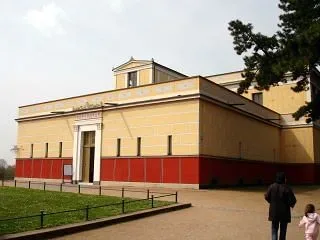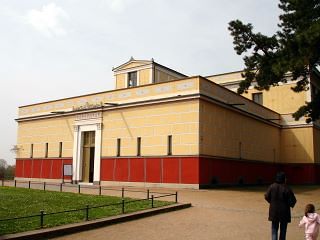A Medieval Town along the Main River in Bavaria, Germany
Miltenberg along the Main River has some of the best half-timbered buildings – many now hotels, shops, and restaurants – in Bavaria, Germany.
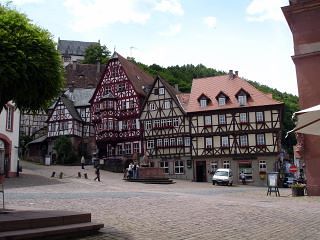
Miltenberg is a wonderfully beautiful little town that never suffered major war damage or town fires. Despite its lovely setting along a curve in the Main River, the main attractions are the wonderful half-timbered houses along its Haupstraße (Main Street) and the Mildenburg Castle ruins that towers over the old town. The half-timbered buildings of the Marktplatz (Market Square) form one of the most romantic settings in Germany.


